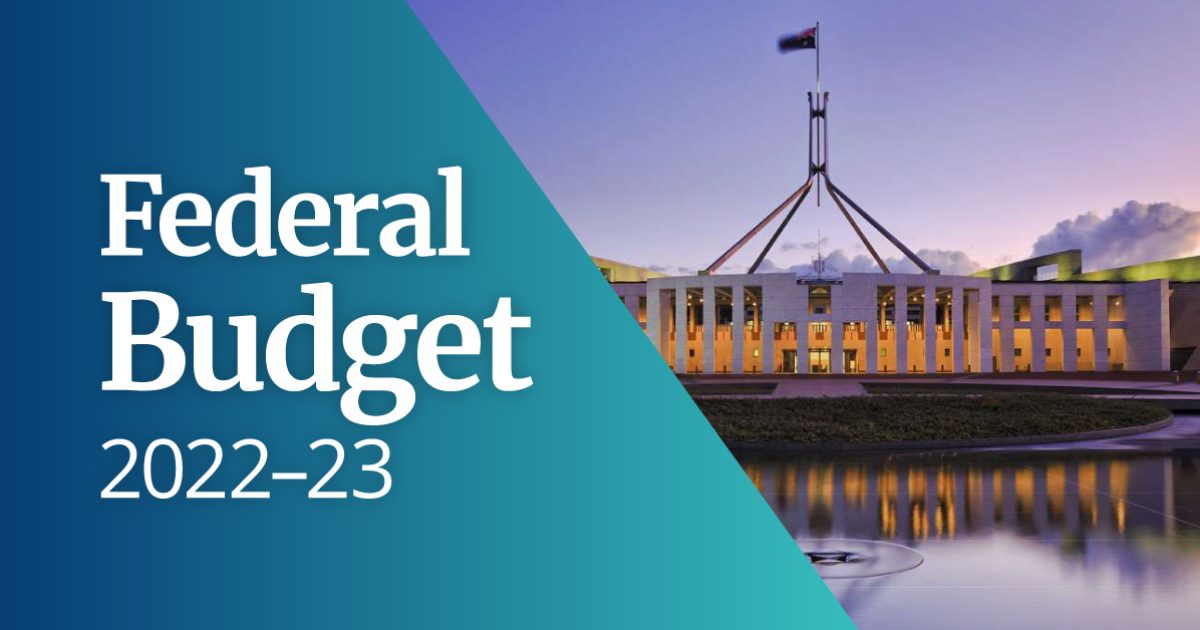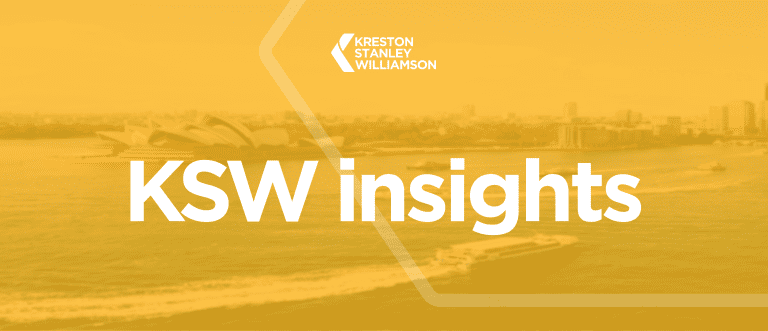In anticipation of the upcoming federal election in May, the Government recently unveiled its budget for 2022/23, featuring limited tax-related initiatives and ambiguous specifics. However, with the election looming and the Government soon entering a caretaker period, tax accountants may need to help to engage with the announced measures for effective tax planning, as draught legislation is unlikely to materialise before 30 June.
We’ve summarised the essential items that we think are most important below. You can find full details on the budget website.
Personal Tax
The low- and middle-income tax offset (LMITO) will be increased by $420 for this year only, so the maximum LMITO benefit will be $1,500. The table below sets out LMITO entitlements for each income band:
| Taxable Income (TI) | Proposed LMITO 2021-22 |
| $0 – $37,000 | $675 |
| $37,001 – $48,000 | $675 + ([TI – $37,000] x 7.5%) |
| $48,001 – $90,000 | $1,500 |
| $90,001 – $126,000 | $1,500 – ([TI – $90,000] x 3%) |
| $126,001 + | Nil |
Notably, there was no announcement about further extending LMITO beyond 30 June 2022, meaning an effective tax increase from 1 July 2022 for eligible taxpayers.
Small Businesses
Two support measures were announced for small businesses (ie with an aggregated turnover of less than $50 million) to encourage small businesses to invest in skills and training and digital adoption.
From 7.30 pm on 29 March 2022, eligible businesses will be entitled to an additional 20% deduction for:
Skills and Training Boost
Costs incurred until 30 June 2024 on external training courses provided to its employees. The training course must be provided to employees in Australia or online and be delivered by entities registered in Australia.
Technology Investment Boost
Costs incurred until 30 June 2023 on business expenses and depreciating assets that support its digital adoption, such as portable payment devices, cyber security systems and subscriptions to cloud-based services. An annual cap of $100,000 per year applies.
The additional 20% for costs incurred by 30 June 2022 will be claimed in the tax return for the following year, while costs incurred in subsequent years will be included in the tax return for the year the expenditure was incurred.
For small businesses to make decisions on utilising the Boosts, they will need clarity on issues like:
- Does training only qualify if provided by a Registered Training Organisation (RTO), or will there be another form of registered training provider?
- What expenses and assets qualify as supporting digital adoption? (Eg would the purchase of an iPad qualify? What about your existing subscriptions to cloud tools like Xero or QuickBooks?)
Patent Box Extension
Last year’s budget included the announcement of a new patent box regime to commence from 1 July 2022 to encourage investment in Australian medical and biotechnology innovation. Under the regime, income from Australian patents in those industries would be taxed at a concessional rate of 17%.
The government has now announced that patents granted under US and European regimes will also be eligible. The regime will also be expanded to cover the agricultural sector and low-emissions technology innovations.
Employee Share Schemes
To remove red tape and expand access to Employee Share Schemes, the government intends to change the investment thresholds for unlisted companies in relation to employee share schemes.
The proposal does not, however, include any change to the tax treatment of employee share schemes.
Primary Producer Concessions for Carbon Credit and Biodiversity Certificate Income
In October 2021, the National Party agreed to sign up to a net zero emissions target by 2050 in exchange for a package to protect regional economies. As a result of this agreement, from 1 July 2022, proceeds from the sale of Australian Carbon Credit Units (ACCUs) and biodiversity certificates generated from on-farm activities are to be treated as primary production income for the purposes of the Farm Management Deposits scheme and the tax averaging provisions.
PAYG Instalments
From 1 January 2024, companies will be allowed an additional option for calculating their instalments. Their PAYG instalments can be calculated based on current financial performance extracted from business accounting software. The commencement date is “subject to advice from software providers about their capacity to deliver.”
The GDP uplift factor for PAYG and GST instalments will also be reduced from 10% to 2% from the 2022-23 financial year, thus providing some cashflow assistance.
Superannuation Measures
The temporary 50% reduction in minimum annual payment amounts for superannuation pensions has been extended to 30 June 2023. The minimum drawdowns are set out in the table below:
| Age of Member | Standard Drawdown % | Minimum Drawdown % for 2022-23 |
| 0-64 | 4% | 2% |
| 65-74 | 5% | 2.5% |
| 75-79 | 6% | 3% |
| 80-84 | 7% | 3.5% |
| 85-89 | 9% | 4.5% |
| 90-94 | 11% | 5.5% |
| 95+ | 14% | 7% |
There were no announcements in relation to the superannuation guarantee, with the rate rising from 10% to 10.5% on 1 July 2022 in accordance with previous announcements.
Other Measures
Several measures were announced that have been widely discussed in the news in the lead-up to the budget. These include:
- A one-off tax-exempt $250 cost of living payment will be paid in April 2022 to eligible pensioners, welfare recipients, veterans, and concession card holders.
- Fuel excise has been reduced by 50% for 6 months from 30 March to 28 September 2022.
- The First Home Guarantee Scheme has been expanded to 50,000 places, including 10,000 regional places and 5,000 places for single parents.
If you have any questions in relation to the effect of the budget on you, don’t hesitate to contact your client manager.
Kreston Stanley Williamson
Author – Darren O’Malley
*Correct as of 31 March 2022
*Disclaimer – this article has been produced by Kreston Stanley Williamson as a service to its clients and associates. The information contained in the article is of general comment only and is not intended to be advice on any particular matter. Before acting on any areas contained in this article, it is imperative you seek specific advice relating to your particular circumstances. Liability limited by a scheme approved under professional standards legislation.














